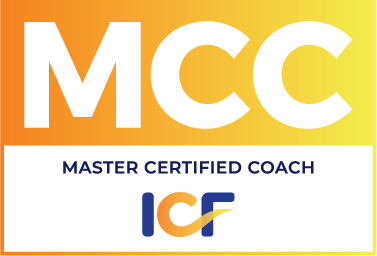The Third Trust-Building Behavior — Create Transparency
The third trust-building behavior is “create transparency.” Being transparent is being open and honest about our motives and decisions. Do not try to hide your reasons for taking any particular action. Operate from the premise that what you see is what you get.
When I consider this behavior, I think of Saran Wrap. If I wrap my food in Saran Wrap, I can clearly see what is inside the container – I know if it is food I want to eat or something I do not like; I can see if it appears fresh or if there is green mold growing on it. I am able to make an informed decision about whether I want to open it. But if I cover my food with tinfoil, I cannot make a decision about whether I want to eat it or save it or throw it away until I have moved back this covering. Without peeling back the cover I cannot trust that what is inside is edible or desirable to me. The Saran Wrap metaphor applies to what we show each other and whether we allow people to see all of what is here so they can make informed choices.
What is the level of trust when someone discovers that I am actively concealing certain information or even simply not revealing it? Active revealing is a way to show people you are transparent. How do I know if you are being transparent? One way is when I hear or see you reveal something that is important to you and perhaps embarrassing or that makes you vulnerable. If you are willing to make yourself vulnerable, I am more likely to believe in your willingness to “let it all hang out” and to tell the truth even where it is uncomfortable.
An example is where a company opens its financials to its stockholders or its employees. Not only does the company not conceal its financial position, it actively reveals it. In this way, the company allows its stockholders and employees to make their own decisions based on all the information rather than controlling stockholder and employee behavior by releasing partial information. The company is disclosing the truth in a way that can be followed up on and verified.
How do we do this at home? By telling our spouse the truth about our feelings, our spending habits, and what we do in our spare time. You need not forfeit your privacy. This is really about not hiding information. A good question to ask yourself is “what am I hiding?” And a wonderful self-awareness follow-up question is, “why am I hiding this?” That will allow you to learn more about your fears and what might motivate you to hide certain facts.
Be open about your agenda. Don’t hide your weaknesses or the weakness of your business or your position. In business, when someone comes to you with a need, be sure to tell them if you feel someone else would be a better fit for them. In my business when someone comes to me looking for a coach, if it is in an area where I am not sure I am the best partner for them, I have a long list of other coaches who specialize in other areas, and also of therapists and counselors. I build trust with people by referring them out when that is appropriate. They know if they send someone to me and I do take that person on as a client that I truly feel it is a good fit for us. They know I do not operate from a place of scarcity and do not take clients just because I believe I need clients. This goes a long way to building trust.
Additionally, it is useful to err on the side of full disclosure. In other words, give all the facts. If you find yourself holding back from disclosing something ask yourself why. What are you afraid will happen if you disclose this information? If you are trying to protect yourself in some way, you may not be building trust with others.
Each of us has the impulse to tell others what they want to hear. Instead, keep it simple, and be honest. Leaders who are candid and predictable tell everyone the same thing, and they have no need to revise their stories.
Ask Curious Questions
How you frame questions is paramount. Unless you ask the people with whom you are in relationship crucial questions in a manner that encourages openness and frankness, you will never uncover the truth. Asking questions that are open-ended encourages others to share. This will create more transparency and will communicate that you are interested in the truth and are not afraid to hear it. An open-ended question is one that does not suggest to the listener that there is a particular answer you want to hear or that there is a limited choice of possible answers. To the contrary is the closed-ended question:
- Did you have a good day?
- Do you like this meal?
- Do you want to do this project or this project?
Each closed question either allows for a yes or no answer; or it offers a limited number of choices. If I want to communicate to you my desire to learn the truth, I will ask,
- What did you like about your day?
- What did you not like?
- What is your favorite part of this meal?
- How can I improve it next time?
- What is the ideal project for you to work on?
How easy is it for people to challenge assumptions in your organization or family? If you make it acceptable, are willing to listen to opposing points of view and promise to consider the merits of others’ arguments, you pave the way for a culture of transparency. This is true in any group dynamic, be it your organization, your work or your family.
With Ourselves:
Some people find it challenging to be honest with themselves because they have a history of rationalizing and justifying and hiding things they don’t want to face. A way to begin the journey to transparency with yourself is to ask yourself questions and give honest answers. Here are questions that may help:
- What am I hiding from myself right now?
- What am I pretending not to see?
- What is the truth?
- What am I afraid of?
Be open and honest with yourself about your motives and decisions. Don’t rationalize or justify. Don’t hide weaknesses or faults; face them and deal with them directly. Be exactly what you are today–and work on being a little better tomorrow.
My Challenge:
This week, ask yourself in your different interactions if you are using Saran Wrap or tinfoil. And take whatever action is necessary to reveal yourself to others and to yourself. Notice how much this does to build trust.







